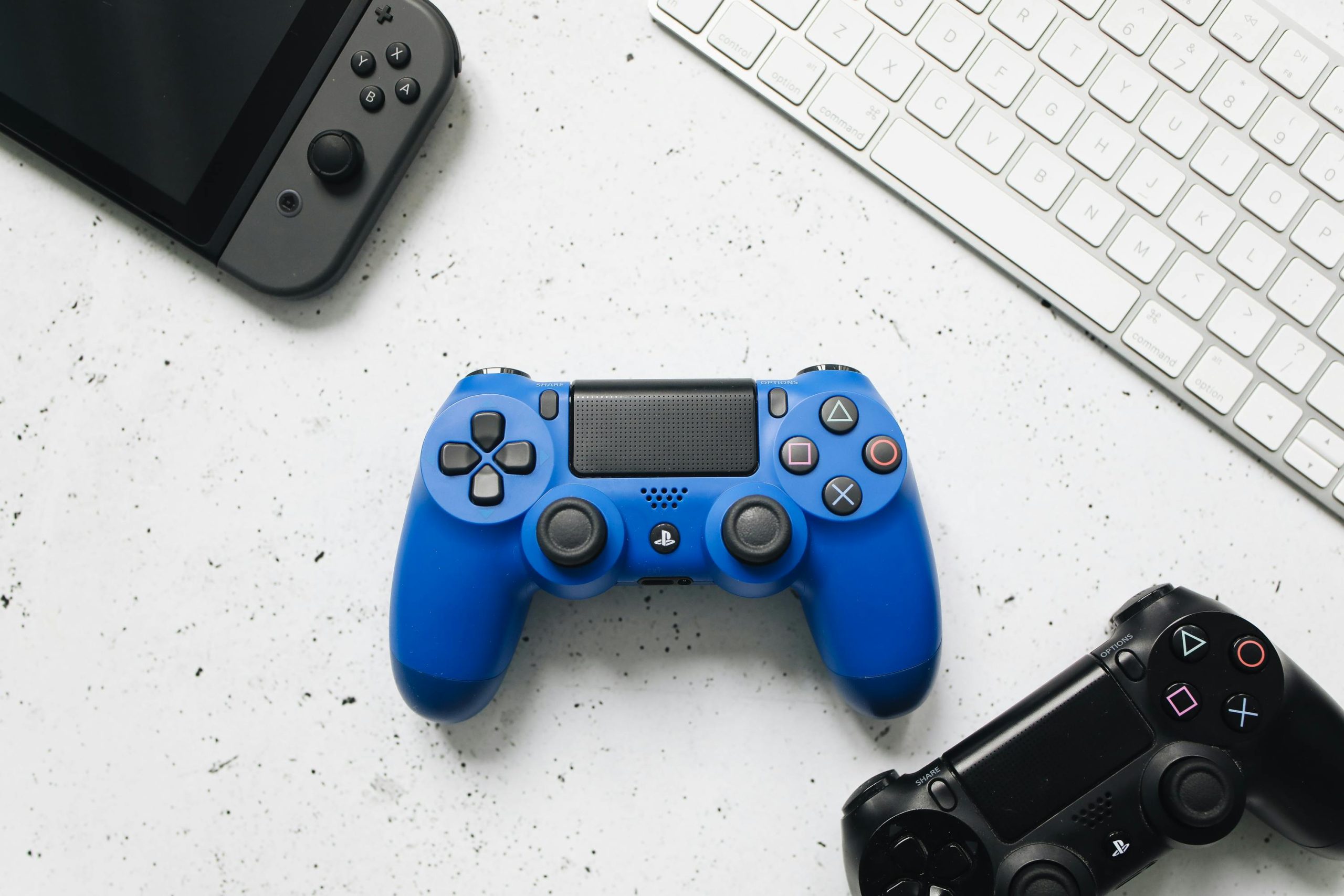Understanding PlayStation 5 Controller Generations and Part Compatibility
As gaming technology advances, it becomes increasingly common for enthusiasts and casual gamers alike to encounter issues with their hardware, necessitating repairs or replacements. A frequent question among PlayStation 5 (PS5) users involves the compatibility of parts between different generations of controllers. This is particularly relevant if you’re dealing with something like a damaged flex ribbon cable in a 5th generation PS5 controller and wondering if components from older versions can be salvaged for a fix.
Evolution of PlayStation Controllers
Before delving into compatibility, it’s essential to appreciate the evolution of PlayStation controllers. The PS5 controller, officially known as the DualSense, marked a significant departure from its predecessor, the DualShock 4, in terms of design, technology, and functionality. Released with the PS5 in November 2020, the DualSense introduced features like adaptive triggers and haptic feedback, which offer a more immersive gaming experience.
Over time, manufacturers often make iterative changes to their hardware. These can include internal modifications aimed at improving the build quality or addressing issues reported by the early adopters. Therefore, understanding the subtle differences between each generation of controllers can be crucial, especially when repairing or replacing parts.
Identifying Your Controller’s Generation
Before assessing compatibility, it’s important to identify the specific generation of your controller. This might be more challenging when dealing with used or hand-me-down controllers where identifying labels, such as QR codes or serial numbers, might have faded.
In general, generation identification might be available through these steps:
– Model Numbers: Check the model number found on the back of the controller. For DualSense, model numbers might typically start with ‘CFI-’.
– Manufacturing Date: Serial numbers sometimes contain manufacturing dates. A portion reading “2021-04-1” suggests a manufacture date in April 2021, which can give clues about the generation.
– Visual and Feature Changes: Newer generations sometimes include subtle design or feature updates which might not be externally visible but are worth checking in comprehensive guides or teardown videos.
Part Compatibility Across Generations
Flex Ribbon Cable: A Critical Component
The flex ribbon cable, a thin and flexible connector that is crucial for connecting various internal components of the controller, is one of the most common and critical parts that can get damaged. Damage can occur due to excessive pressure, improper disassembly, or extensive use.
Assessing Compatibility
To understand part compatibility, one must recognize the difference in internal architecture between the controller generations:
-
Internal Design Variations: While the core design philosophy remains consistent for ease of production, internal layouts might shift with each generation to improve durability or incorporate new features.
-
Vendor Differences: Sony might employ multiple vendors for component supply, leading to subtle variations even within the same generation.
-
Documentation and Teardown Resources: Websites specializing in electronics repairs, such as iFixit, frequently update their teardown guides and parts lists, which could be invaluable in visualizing the differences.
Compatible Parts from Older Devices
-
Flex Ribbon Cable: Given their role, flex cables between different generations might not be interchangeable due to length differences or connector type changes. It is often recommended to purchase a replacement cable, often available through electronics suppliers or platforms like Amazon or eBay, specifically meant for your controller’s generation.
-
Buttons, Triggers, and Analog Sticks: These parts are more likely to remain consistent across different controller generations. If your issue involves external components like these, they might fit across generations.
-
Battery and Charging Circuits: Due to power input/output changes and efficiency upgrades across generations, these might only be partially compatible and warrant careful inspection.
Repair or Replace: Factors to Consider
Given the potential compatibility challenges, deciding whether to cannibalize parts from older controllers or purchase new parts requires careful consideration:
-
Cost and Availability: Sometimes purchasing a specific part (such as a replacement ribbon cable) can be more cost-effective and less time-consuming than trying to finetune an older model part to work in a newer device.
-
Reliability and Warranty: Official parts carry the benefit of ensuring reliability and maintaining any existing product warranty.
-
Skill Level Required: Repairs involving internal circuitry often require precision tools and knowledge. If you’re inexperienced with controller repairs, professional repair services might be more prudent than DIY efforts that could further damage the controller.
Future-Proofing Your Gaming Experience
While technological advancements compel frequent hardware updates, prolonging the lifespan of your gaming accessories through informed repairs and maintenance can not only save costs but also contribute to sustainable consumption practices.
-
Regular Maintenance: Regular cleaning and careful use can prevent common wear-and-tear issues and prolong the lifespan of your controllers.
-
Stay Informed: Follow official announcements from Sony and participate in forums. The gaming community often rapidly shares information about part compatibility and common issues, sometimes even offering DIY repair solutions.
-
Knowledge Resources: Explore repair guides, watch tutorial videos, and make use of community knowledge bases. Platforms like iFixit not only provide step-by-step guides but also curated lists of compatible parts for specific needs.
In conclusion, while using parts from older generations of controllers can sometimes be a viable short-term solution, it’s generally advisable to use parts specifically designed for your PS5 controller generation to ensure functionality and longevity. Always evaluate your repair needs against the backdrop of long-term use and the availability of reliable parts. As gaming technology evolves, embracing proactive measures to maintain your hardware becomes an integral part of the gaming experience itself.
Share this content:



